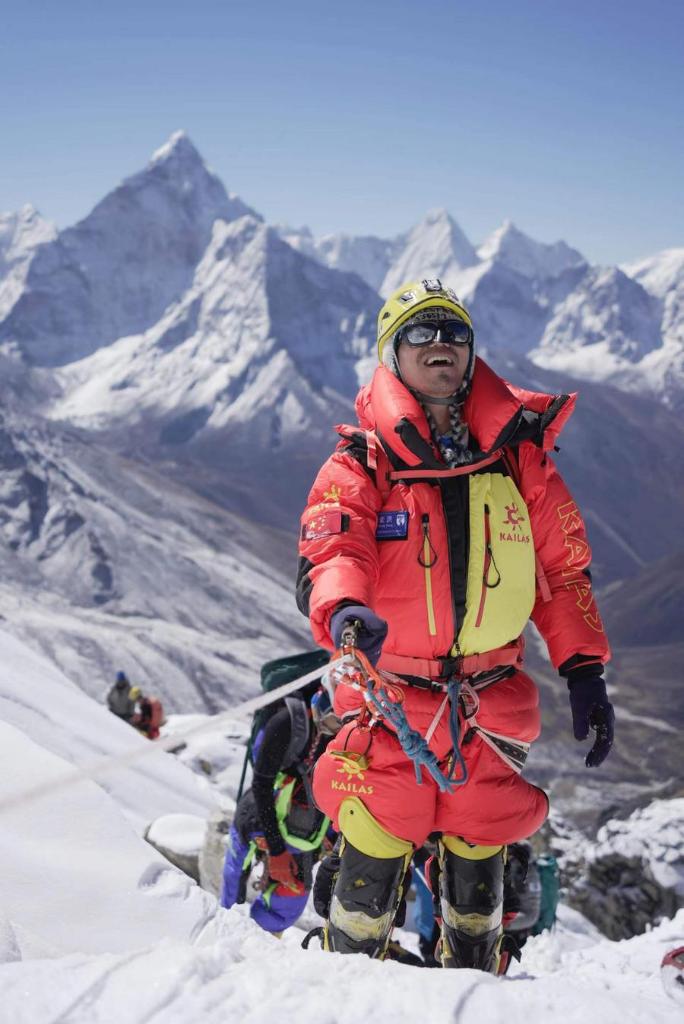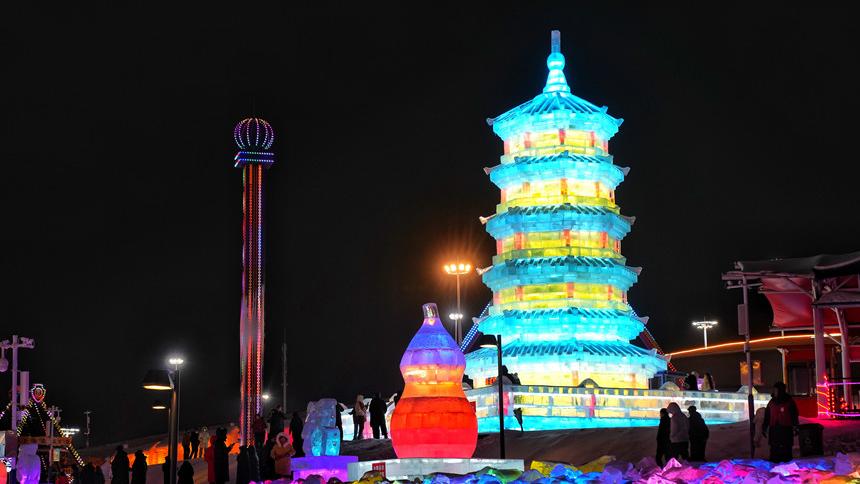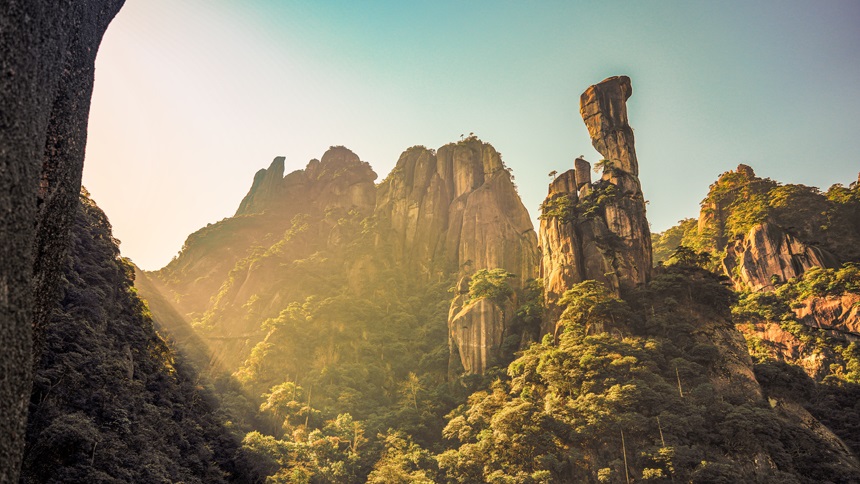Chinese study reveals immune, metabolic adaptations in high-altitude climbers

This file photo taken on April 18, 2021 shows Zhang Hong climbing Mt. Lobuche in Nepal. (Photo by Ding Liang/Xinhua)
BEIJING, Jan. 5 (Xinhua) -- Chinese researchers have recently unveiled dynamic changes that occur in both the human immune system and metabolism during high-altitude climbing, offering a fresh perspective on the physiological challenges faced by mountaineers at high altitudes.
Researchers from BGI Research utilized cellular omics and mass spectrometry detection techniques to examine multi-omics changes in 11 high-altitude climbers as they ascended. Their findings have been published in the journal Cell Reports.
The study involved obtaining multi-omic profiles from the climbers' blood samples. This included a single-cell transcriptomic analysis of 375,722 immune cells, as well as plasma metabolomics and lipidomics.
Using this comprehensive data, the researchers were able to map the single-cell landscape of peripheral immune cells in the climbers. They observed significant shifts in the composition of immune cells during the climb.
Furthermore, the researchers investigated dynamic changes in terms of the proportion of immune cells, as well as the roles of gene expression, functional pathways and transcriptional regulatory factors during both the high-altitude acclimatization period and extreme-altitude mountaineering.
Their findings suggest that the human body can adapt to the extreme conditions found in high-altitude environments through complex immune and metabolic mechanisms.
Researchers also discovered that human immune cells undergo metabolic reprogramming in extreme high-altitude environments, enhancing their antioxidant capacity. This adaptation is crucial for maintaining the basic functions of immune cells.
Additionally, the researchers noted an increase in plasma metabolites such as glutamine and fatty acids. These metabolic changes could be an important mechanism for helping climbers improve their energy status in high-altitude conditions.
Photos
Related Stories
- Chinese scientists reveal new antiviral mechanism: study
- Chinese researchers discover new pattern in virus transmission
- China's modern crop germplasm resources bank becomes operational, meeting 50-year strategic preservation demand: ministry
- Chinese scientists connect brain-like tissue to machine for brain repair
- China publishes world's first international standard for stem cell data
Copyright © 2025 People's Daily Online. All Rights Reserved.









